We don’t think about our pancreas very often – it’s just six inches long and is hidden behind the stomach. It does a big job, though, helping with digestion and controlling blood sugar. When the pancreas is the source of cancer cells, it can spell disaster!
Pancreatic cancer is very dangerous because it is often asymptomatic in the beginning.
However, there are subtle clues that, taken together, can get you to the doctor in time for treatment.
For your health, scan each symptom on our list and get checked out immediately if you experience a combination of any of them.
Click Start Slideshow under the picture to continue reading.
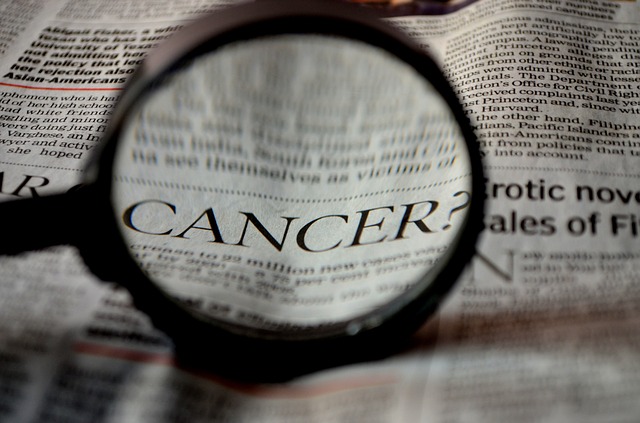

1. Bloating

It’s pretty common to experience bloating after a meal, especially if you overindulge. It is also frequently a side effect of a woman’s menstrual cycle.
But if the bloating does not go away for several days and is not period-related, it could be a sign of pancreatic cancer. As tumors grow, they can cause the belly to distend.
Many people with pancreatic cancer reported uncomfortable abdominal swelling and feeling overly full after eating just a small amount of food.
2. Jaundice

Tumors of the pancreas often block the duct that releases bile into the intestine, called the common bile duct. In turn, bilirubin builds up in the blood stream and causes a condition called jaundice.
If you have jaundice, your skin and eyes will turn yellow and you may experience intense itchiness. There are a lot of potential causes of jaundice that are not cancer, but jaundice should always be checked out by a doctor. The underlying cause must be treated in order to resolve it.
3. Unusual bodily waste

Another symptom of pancreatic cancer is dark brown urine and gray, greasy stools. Both are additional symptoms of jaundice caused by a tumor blocking bile production in the pancreas.
Bilirubin is the substance that typically gives feces its brown color, but when production is impacted by a tumor, it stays in the blood instead of passing out through the bowels.
As bilirubin levels in the blood increase, it comes out in urine instead, making pee a dark brown color. Poop that lacks bilirubin, on the other hand, becomes gray.
Dark urine can also be caused by dehydration, and changes in the color of fecal matter have a lot to do with what you’ve eaten recently. But if you notice dark pee and gray poop on a regular basis, it is a strong warning sign.
4. Abdominal pain
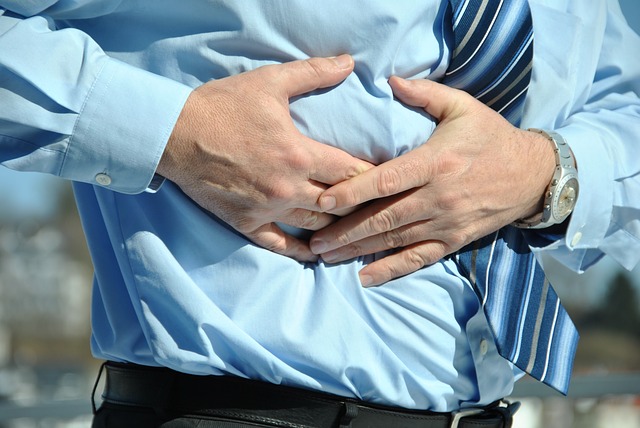
Most people with pancreatic cancer – about 80% – report a persistent dull, chronic ache that originates in the upper abdomen, sometimes wrapping around to the back.
Though the pain may come and go at first, it is typically more intense at night and progresses from mild to severe over weeks or months. The location of the pain gives doctors a clue about where to look for tumors.
5. Back pain
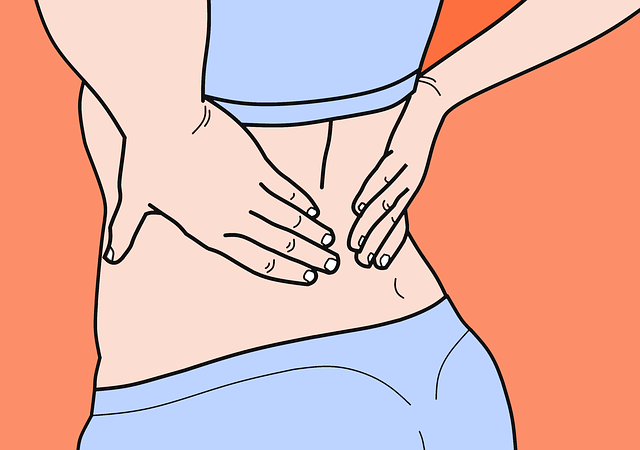
As a pancreatic tumor grows it puts pressure on internal organs, muscles, and the spine. That can cause a dull ache in the lower back.
This is a tricky symptom because lower back pain can be caused by all sorts of things, from menstrual cramps to sleeping in a weird position or working out too hard. It is most concerning if the pain seems connected to an ache in the abdomen or doesn’t lessen in intensity after several days.
6. Loss of appetite
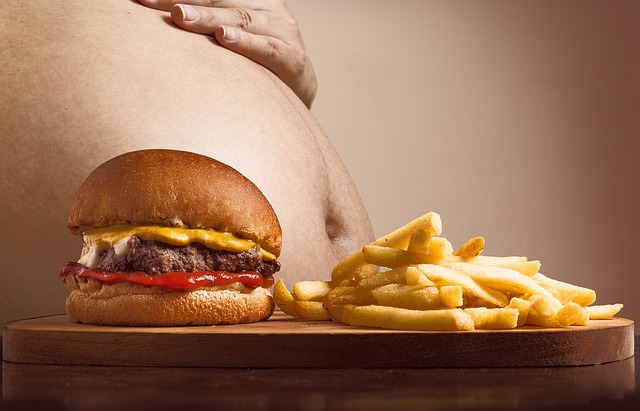
Another side effect of a tumor growing in the body is pressure on the stomach that can curtail appetite. If you feel full even though you haven’t eaten in hours, or can only eat a fraction of your typical serving size, get it checked out.
Pressure on your stomach can also cause pain upon eating. A related symptom that affects appetite is changes in the way food tastes. Pancreatic cancer patients often complain that food tastes strange to them.
7. Weight loss

Obviously, if you are having trouble eating, you lose weight. But more than decreased appetite may be at play if pancreatic cancer is involved.
Tumor-induced weight loss, also known as cancer cachexia, changes the way the body uses calories and protein. More calories than normal are burned, the body begins to break down muscle protein, and appetite is suppressed.
Pancreatic tumors also release cytokines into the blood which cause the body to burn more calories than are replaced. If you have lost more than 5% of your body weight within about six months, with no known reason, check in with your doctor.
8. Diabetes diagnosis
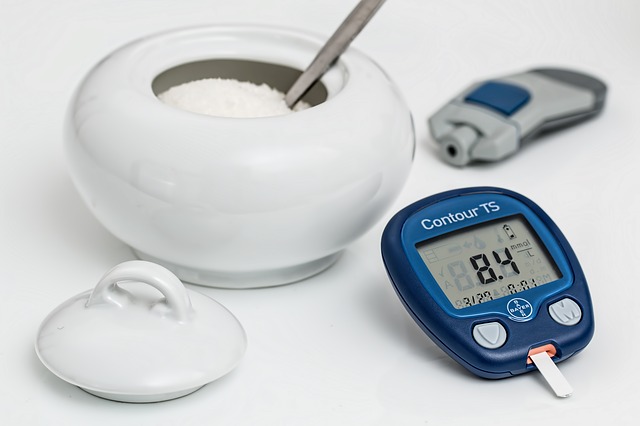
Because the pancreas helps to control blood sugar, it is not uncommon for pancreatic cancer in its early stages to cause insulin production to become inefficient.
If this is occurring, you will likely have diabetes symptoms like fatigue, urgent and frequent urination, vision problems, and numbness in the extremities. Clearly not all cases of diabetes are linked to pancreatic cancer, but rapid and unexplained onset may prompt your doctor to do further testing.
Additionally, people with known cases of diabetes are at an elevated risk for developing pancreatic cancer sometime during their lives.
9. Nausea and vomiting
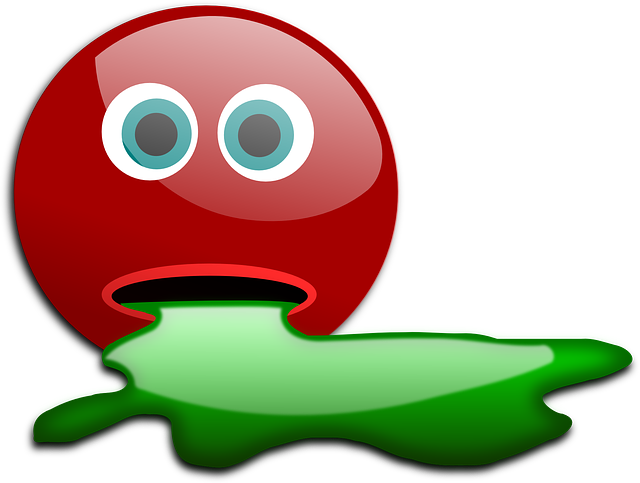
The pancreas is also responsible for the creation of digestive enzymes that help process food properly. Digestion is disrupted when cancer invades the pancreas, leading to discomfort upon eating due to bacterial overgrowth in the lower GI tract.
Tumors may also press on the stomach and partially block it so that food can’t pass as necessary. All of this digestive upheaval is likely to come with nausea and vomiting, or at the least, heartburn and acid reflux.
10. Dermatitis

Dermatitis is simply persistently dry, dehydrated patches of itchy skin, and can be caused by all sorts of things. The type of dermatitis that comes about from pancreatic cancer is called eczematous dermatitis, but it can only be diagnosed once topical treatments don’t work.
Persistent dermatitis may be one of the earliest physical indications of pancreatic cancer, but your doctor won’t immediately link it unless you also have other symptoms on this list.
Non-cancerous causes of dermatitis include poor diet, cosmetic products, and soaps, so be sure to mitigate those issues immediately if you suspect your case has to do with cancer. That way your doc can check them off the list and you can be diagnosed much sooner.
11. Malaise

Finally, a general feeling of malaise or unwellness should not be ignored. Pancreatic cancer almost always presents first with vague symptoms, and even though most of us hate to go to the doctor for nothing, it is better to be safe than sorry.
The more distinct your symptoms become, the less chance there is of treating the cancer successfully. If you have been feeling low for a couple of weeks with no obvious reason, don’t hesitate to make the call and get yourself checked out.
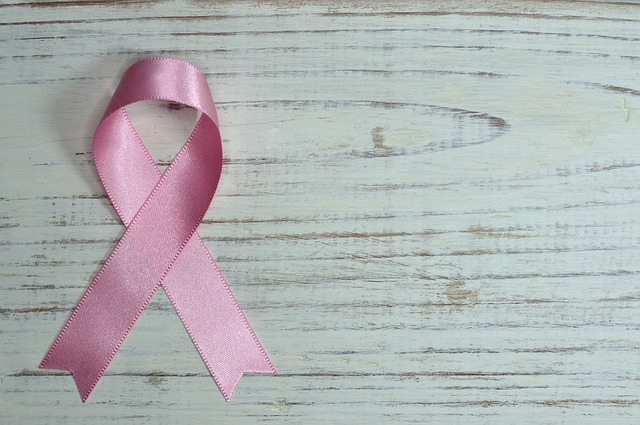
Pancreatic cancer is truly one of the scariest forms of a very formidable disease. But we hope not to have scared you, but to have prepared you to notice when something is off in your body.
Any of the symptoms above may be brushed off when experienced alone, but if you have more than one, it’s worth a trip to the doctor.
A diagnosis of pancreatic cancer is the worst case scenario, but it is more likely that something else is up – something that should probably also be treated early, because you deserve to feel healthy.
Sources:
womenshealthmag.com
webmd.com
aarp.org
medicalnewstoday.com
activebeat.co
curetoday.com
pancan.org
medicalnewstoday.com



Comments